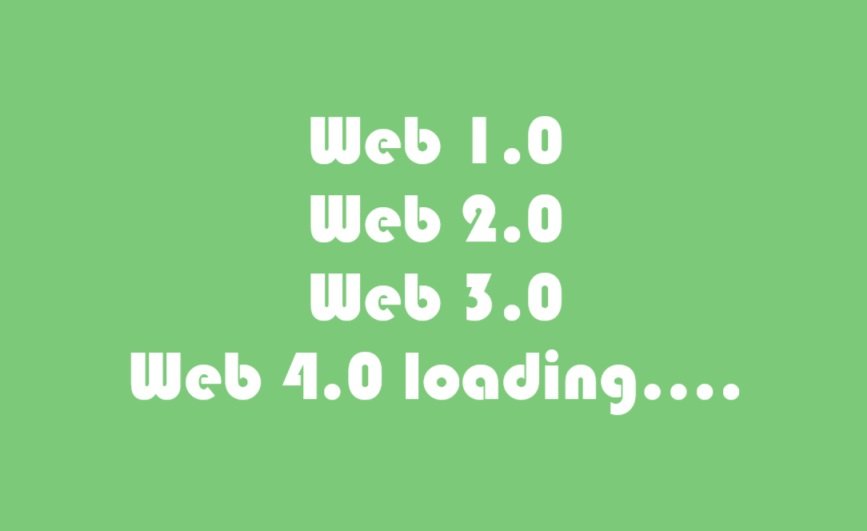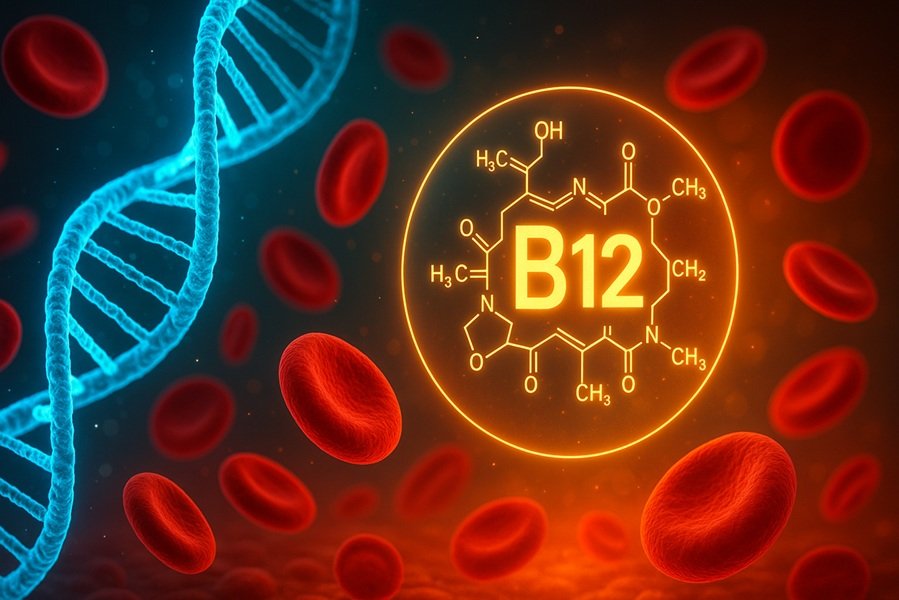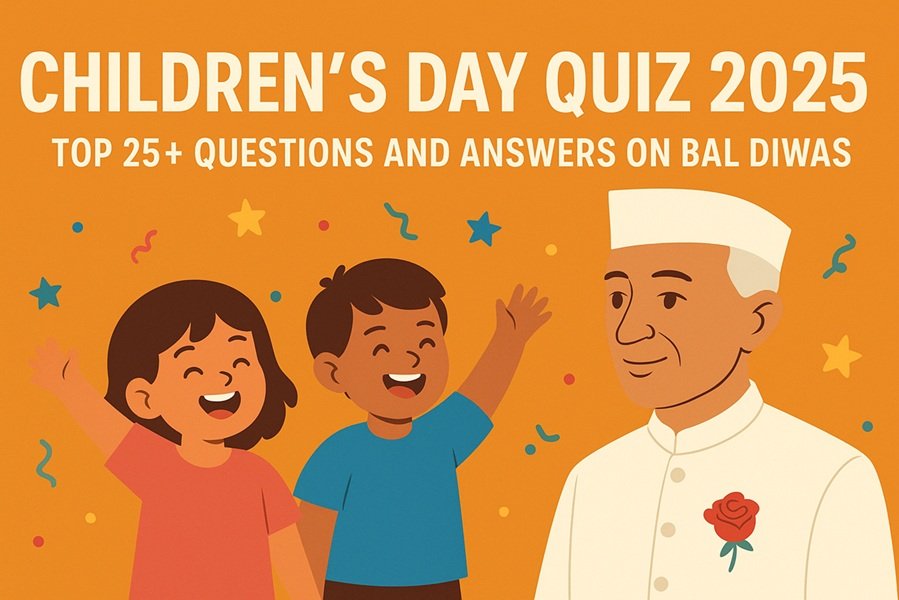
The web has undergone a remarkable transformation since its inception, evolving through different versions that have shaped the way we interact with the internet. Each iteration of the web has introduced groundbreaking changes, enhancing usability, functionality, and connectivity. This article delves into the journey of web versions, from Web 1.0 to Web 3.0 and beyond, exploring their features, applications, and the impact they have on our digital world.
What is Web 1.0?
Web 1.0, often referred to as the “Static Web,” was the first generation of the World Wide Web. It was primarily designed for information dissemination and was characterized by its simple, static pages.
Key Features of Web 1.0:
- Static Content: Web pages were static and non-interactive, primarily coded in HTML.
- Read-Only Web: Users could only consume content, with no option to interact or contribute.
- Limited Design: Basic layouts with minimal use of images or multimedia.
- Centralized Hosting: Websites were hosted on centralized servers.
Applications of Web 1.0:
- Online encyclopedias and directories.
- Basic e-commerce platforms.
- Static company websites.
What is Web 2.0?
Web 2.0, also known as the “Social Web,” marked a significant shift toward user interaction and participation. This version of the web introduced dynamic content, collaborative platforms, and social networking.
Key Features of Web 2.0:
- Dynamic Content: Websites became more interactive and responsive.
- User-Generated Content: Platforms like blogs, wikis, and social media allowed users to create and share content.
- Rich Media: Integration of images, videos, and animations.
- Improved Usability: User-friendly interfaces with features like drag-and-drop.
Applications of Web 2.0:
- Social media platforms (Facebook, Twitter, Instagram).
- Collaborative tools (Google Docs, Wikipedia).
- E-commerce giants (Amazon, eBay).
What is Web 3.0?
Web 3.0, often referred to as the “Semantic Web” or “Decentralized Web,” is the current and emerging phase of the internet. It aims to make the web more intelligent and decentralized, leveraging advanced technologies like blockchain and artificial intelligence.
Key Features of Web 3.0:
- Decentralization: Data is stored on distributed networks rather than centralized servers.
- Semantic Understanding: AI-powered systems understand the context and meaning of information.
- Enhanced Privacy: Users have greater control over their data and identities.
- Interoperability: Seamless integration across various platforms and devices.
Applications of Web 3.0:
- Decentralized finance (DeFi) platforms.
- Blockchain-based social networks.
- Smart contracts and decentralized apps (dApps).
What Could Web 4.0 Look Like?
Web 4.0, often dubbed the “Symbiotic Web,” is a speculative concept that envisions a highly intelligent and fully integrated web. This future version of the web is expected to blur the boundaries between the physical and digital worlds.
Potential Features of Web 4.0:
- AI Integration: Advanced AI systems that anticipate user needs.
- IoT Connectivity: Seamless interaction with Internet of Things (IoT) devices.
- Immersive Experiences: Enhanced AR/VR technologies for real-time simulations.
- Hyper-Personalization: Tailored content and services based on individual preferences.
Possible Applications of Web 4.0:
- Smart cities and autonomous vehicles.
- Hyper-interactive virtual spaces.
- Fully automated business ecosystems.
Comparison of Web Versions
| Feature | Web 1.0 | Web 2.0 | Web 3.0 | Web 4.0 (Speculative) |
|---|---|---|---|---|
| Content Type | Static | Dynamic | Intelligent | Symbiotic |
| User Interaction | Minimal | Interactive | Contextual | Predictive |
| Technology | HTML/CSS | AJAX, JavaScript | Blockchain, AI | Advanced AI, IoT |
| Data Control | Centralized | Centralized | Decentralized | Fully Autonomous |
Conclusion
The evolution of the web from Web 1.0 to Web 3.0 and beyond has revolutionized how we interact with technology, businesses, and each other. Each version has built upon the foundations of its predecessor, introducing innovations that make the internet more accessible, interactive, and intelligent. As we look forward to the possibilities of Web 4.0, the future of the internet promises an even deeper integration of technology into our daily lives.
Understanding these web versions not only highlights the progress of technology but also helps individuals and businesses prepare for what lies ahead in the digital landscape.





